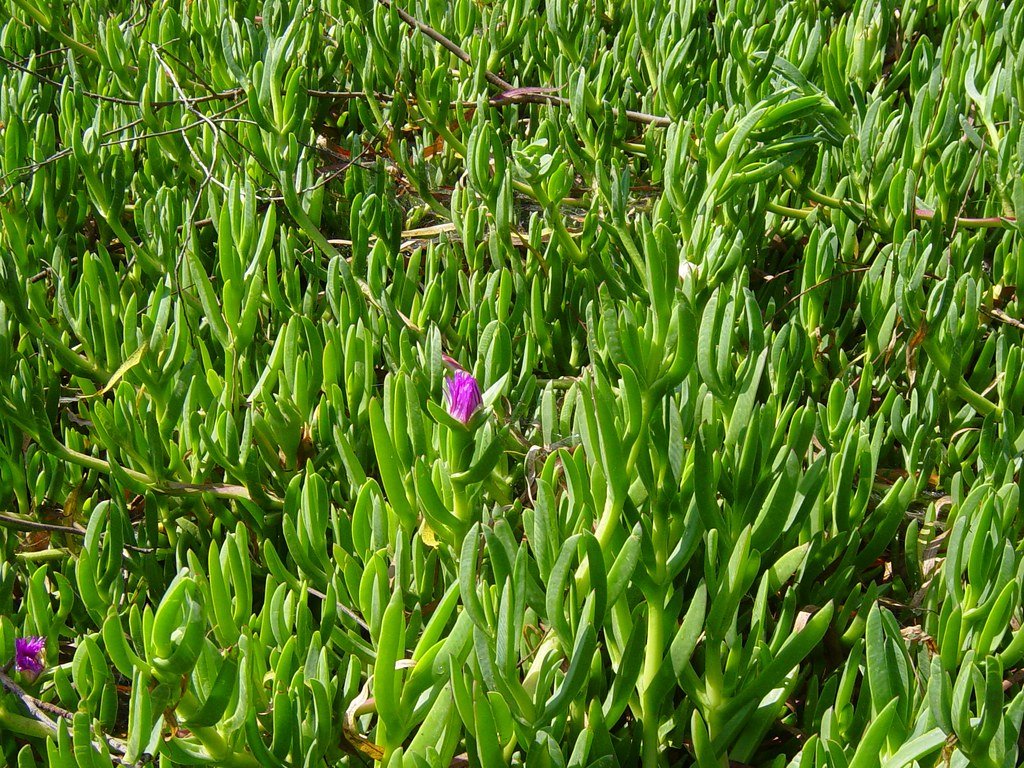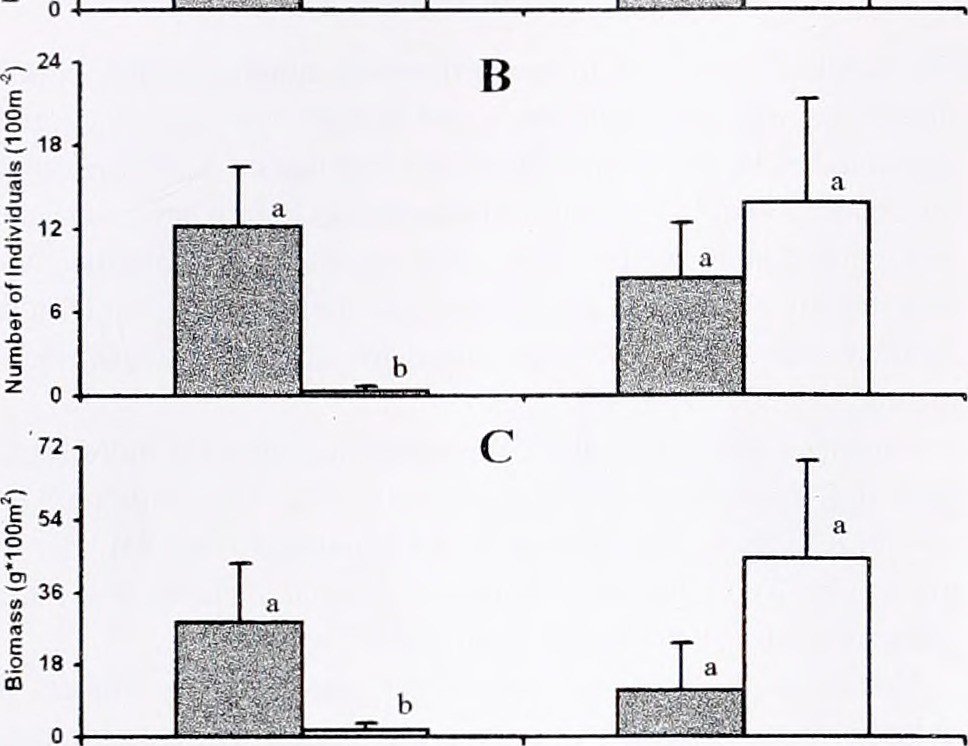As the sun gently bathes the meadow in its warm embrace, a delicate ballet unfolds before our eyes. Bees, nature’s tireless pollinators, embark on their quest for nectar and pollen, sashaying from one flower to another. However, in this captivating performance, we often overlook the unsung heroes anchoring the stage beneath their nimble feet: ground cover plants. Beyond their role as mere greenery, these unassuming botanical wonders have a profound impact on bee foraging, ensuring the survival and vitality of both plants and pollinators. In this article, we unravel the intricate relationship between ground cover plants and bee foraging, shedding light on how these unlikely heroes shape our natural ecosystems.
Table of Contents
- The Importance of Ground Cover Plants in Bee Foraging
- Enhancing Foraging Efficiency through Diverse Ground Cover Species
- Understanding the Symbiotic Relationships between Ground Cover Plants and Bees
- Creating Bee-friendly Ground Cover Habitats: Best Practices and Recommendations
- Harnessing the Power of Ground Cover Plants to Support Bee Populations
- Q&A
- The Way Forward

The Importance of Ground Cover Plants in Bee Foraging
In the complex and delicate web of biodiversity, ground cover plants play a crucial role in supporting bee foraging and maintaining healthy ecosystems. These low-growing plants act as a protective blanket, shielding the soil from erosion and conserving moisture. But their importance goes far beyond mere environmental stability.
Ground cover plants offer a diverse and abundant source of nectar and pollen for bees, ensuring their survival and contributing to the pollination of our food crops and native plant species. Their sprawling foliage provides safe and accessible platforms for bees to land, rest, and forage, enhancing their foraging efficiency and allowing them to conserve precious energy reserves.
Furthermore, ground cover plants, with their rich array of flowers, offer a colorful and enticing buffet for bees throughout the year. The blossoms, in various shapes and sizes, attract a wide range of bee species, from specialized solitary bees to social honeybees, increasing biodiversity and promoting a healthy and resilient bee population. By planting a diverse mix of ground covers, we can create a haven for bees and other pollinators, ensuring a sustainable future for both nature and agriculture.

Enhancing Foraging Efficiency through Diverse Ground Cover Species
Exploring various ground cover species can significantly enhance the foraging efficiency of any ecosystem. Diverse ground covers create a mosaic of habitats, offering a wider range of food sources, shelter, and nesting sites for foraging animals. This diversity promotes a balanced ecological system where different species coexist and thrive, strengthening the overall resilience of the environment.
One of the benefits of incorporating diverse ground cover species is that it diversifies the available food options for foragers. Some ground covers, such as clover or vetch, provide a nitrogen-rich food source, benefiting both herbivores and insect populations. By establishing these beneficial plants in an ecosystem, it supports the growth of the foraging population by providing a consistent source of nutrition. Additionally, diverse ground cover species often flower at different times throughout the year, ensuring a continuous supply of nectar and pollen for pollinators.
Another advantage of diverse ground cover species is their ability to create microhabitats that accommodate various foraging behaviors, thus increasing the efficiency of resource utilization. Shrubs and tall grasses provide secure hiding spots for small mammals and ground-nesting birds. Hollow logs and leaf litter offer shelter for insects and amphibians. By incorporating a variety of ground covers, there is an increased likelihood of attracting a greater diversity of foragers, resulting in more effective pest control, seed dispersal, and overall ecosystem health.
In conclusion, is a fundamental approach to fostering a resilient and thriving ecosystem. The establishment of these species not only provides a rich tapestry of food sources but also creates suitable habitats for a wide range of foraging animals. By embracing diversity, sustainable ecosystems can be cultivated, enhancing the long-term viability of both flora and fauna populations.

Understanding the Symbiotic Relationships between Ground Cover Plants and Bees
Ground cover plants play a crucial role in attracting and supporting bee populations, and their relationship can be described as mutually beneficial or symbiotic. Bees are attracted to the vibrant colors and fragrant flowers of ground cover plants, while these plants rely on bees for pollination and cross-pollination. This symbiosis results in a harmonious partnership where both parties thrive.
- Food Source: Ground cover plants provide essential nectar and pollen for bees, serving as an abundant food source.
- Habitat: The dense foliage of ground cover plants offers shelter and nesting sites for bees.
- Diversity: Different ground cover species bloom at different times, ensuring a continuous and varied food supply for bees throughout the year.
- Pollination: Bees transfer pollen between flowers, aiding in fertilization and allowing ground cover plants to reproduce.
- Plant Health: Pollination increases the genetic diversity of ground cover plants, promoting their overall health and resilience.
- Seed Dispersal: Bees assist in spreading the seeds of ground cover plants, contributing to their broader distribution.
In conclusion, the relationship between ground cover plants and bees goes beyond mere aesthetics. While ground cover plants provide bees with abundant nourishment and a safe haven, bees contribute to the growth, reproduction, and genetic diversity of these plants. Understanding and preserving this symbiotic relationship is crucial for maintaining healthy ecosystems and the well-being of both bees and ground cover plants.

Creating Bee-friendly Ground Cover Habitats: Best Practices and Recommendations
Honeybees and wild bees play a crucial role in our ecosystems as pollinators, ensuring the reproduction of countless plant species. Unfortunately, bee populations have been declining due to habitat loss, pesticide use, and disease. To support these vital creatures, it is essential to create bee-friendly ground cover habitats. Here are some best practices and recommendations:
- Choose native flowering plants: Native plants provide familiar and diverse sources of nectar and pollen for bees. Research which species are indigenous to your area and select a variety that blooms throughout the year to provide a continuous food source.
- Optimize diversity: Plant a range of flowering plants with varying colors, shapes, and sizes to attract different bee species. This diversity will ensure that various bees with specialized pollination behaviors can find suitable resources.
- Provide nesting sites: Incorporate materials to create nesting opportunities for bees. Deadwood, hollow stems, and bee hotels are excellent options for cavity-nesting bee species that prefer sheltered spaces.
- Avoid chemical pesticides: Pesticides can be harmful to bees. Opt for organic or natural alternatives to control pests without endangering these important pollinators.
- Maintain water sources: Bees require water for hydration and cooling, especially during hot summer months. Create shallow water sources such as bird baths or small ponds, ensuring a safe landing for bees.
- Minimize lawn areas: Lawns provide little forage for bees. Consider reducing lawn size and replacing it with bee-friendly ground cover plants or wildflowers to maximize habitat opportunities.
By implementing these best practices and recommendations, you can make a significant impact on supporting bee populations. Together, we can create thriving habitats that nurture these essential pollinators and safeguard the health of our environment.
Harnessing the Power of Ground Cover Plants to Support Bee Populations
Ground cover plants are often overlooked, but they can play a vital role in supporting bee populations. These low-growing plants not only beautify our gardens and landscapes but also provide essential resources for bees. Here are a few reasons why harnessing the power of ground cover plants is crucial for the survival of these important pollinators:
- Diverse food sources: Ground cover plants offer a diverse range of pollen and nectar sources for bees. By planting a variety of species, we can ensure a constant supply of food throughout the different seasons. Bees require a balanced diet, and these plants help fulfill their nutritional needs, supporting their overall health and well-being.
- Shelter and nesting sites: Many ground cover plants create a dense, protective cover that offers shelter to bees. They provide excellent hiding spots and nesting sites for solitary bees, which do not form colonies like honey bees. By planting low-growing vegetation, we create a safe haven for these vital pollinators, allowing them to thrive and reproduce.
- Reduced erosion: Ground cover plants help prevent soil erosion by stabilizing the soil with their extensive root systems. This is particularly important in areas where bees are crucial for pollinating crops, as erosion can lead to the destruction of their habitats. By planting these plants, we not only protect the bees’ homes but also ensure the long-term sustainability of our agricultural systems.
So, let’s not overlook the power of ground cover plants when it comes to supporting bee populations. By incorporating them into our gardens and landscapes, we can create a bee-friendly environment that not only benefits these incredible creatures but also contributes to the overall health and balance of our ecosystems.
Q&A
Q: Why are ground cover plants important for bee foraging?
A: Ground cover plants provide a diverse range of pollen and nectar sources for bees, helping to sustain their populations. In addition, these plants provide shelter and protection, creating a favorable environment for bees to nest and thrive.
Q: What types of ground cover plants are preferred by bees?
A: Bees are attracted to a variety of ground cover plants, including clover, thyme, oregano, and creeping phlox. These plants offer an abundance of floral resources, allowing bees to collect sufficient food for their colonies.
Q: How do ground cover plants benefit bee populations?
A: Ground cover plants act as a living carpet, suppressing weed growth and reducing soil erosion. By creating a more stable ecosystem, these plants contribute to the preservation of habitats that support diverse bee species.
Q: Can ground cover plants enhance pollination in gardens?
A: Absolutely! Ground cover plants not only attract bees to your garden but also enhance cross-pollination between plants, leading to better fruit and seed development. They play a pivotal role in increasing garden productivity.
Q: Are there any specific gardening tips to attract bees using ground cover plants?
A: To attract bees, consider planting a mix of ground cover plants with varying blooming periods to provide a continuous source of nectar. It’s also important to avoid pesticide use, as many chemicals can harm bees.
Q: How can ground cover plants benefit the overall ecosystem?
A: Ground cover plants serve as a crucial link in the food chain, supporting pollinators like bees and attracting beneficial insects that prey on pests. They also help conserve soil moisture, improve soil fertility, and reduce the need for irrigation and fertilizers.
The Way Forward
As the golden sun begins to dip beneath the horizon, casting a fiery glow across the rolling meadows, we reflect on the enchanting world of bee foraging and the indispensable role of ground cover plants. With their humble stature, these unsung heroes provide a hidden haven for our busy pollinators, igniting a delicate dance between nature’s tiniest creatures and the vibrant ecosystem that surrounds them.
Like nature’s tapestry, ground cover plants weave their intricate threads across the earth’s canvas, painting a picture of harmony and interconnectedness. But amidst their seemingly unassuming presence lie extraordinary benefits that hold the key to the survival of our cherished bees.
In this pursuit of sustenance, bees rely on an impeccable sense of direction, guided by a riveting array of scents and colors. And it is within the arms of ground cover plants that they discover a secret sanctuary, a treasure trove of nectar and pollen waiting to be unlocked. In this symbiotic relationship, bees lend a helping hand as they diligently collect the precious nectar, transferring pollen from one flower to another. And thus, the cycle of life continues, infused with the transformative power of cross-pollination.
The role of ground cover plants transcends mere sustenance, for they serve as nature’s master architects, shaping the very landscapes we call home. These resolute guardians mitigate erosion, nestling themselves beside our rivers, shielding the fragile soil from the clutches of greedier elements. They stand tall against the onslaught of invasive species, maintaining the balance that has evolved over centuries. A tapestry of vibrant colors and intricate textures, ground cover plants paint a picture of hope and resilience, a testament to nature’s unwavering ability to adapt and endure.
But in this vast web of life, it is the bees that take center stage, their tireless wings carrying the weight of our agricultural systems, ensuring the continued existence of countless plant species. Oblivious to their own significance, they flit from flower to flower, darting through the enchanting labyrinth of ground cover plants, their unwavering dedication breathing life into the quiet corners of our world.
So, let us not overlook the humble heroes of our meadows and gardens, the ground cover plants, whose undulating forms dance beneath our feet. For in their silent embrace, they harbor the essence of life, a lifeline that sustains our planet and invites the inspiration of future generations. As the sun bids farewell, painting the sky in hues of amethyst and gold, let us remember the crucial role these plants play in the timeless ballet of bee foraging – a harmonious symphony that echoes throughout the fragrant corridors of our collective memory.
As an affiliate, my content may feature links to products I personally use and recommend. By taking action, like subscribing or making a purchase, you’ll be supporting my work and fueling my taco cravings at the same time. Win-win, right?
Want to read more? Check out our Affiliate Disclosure page.